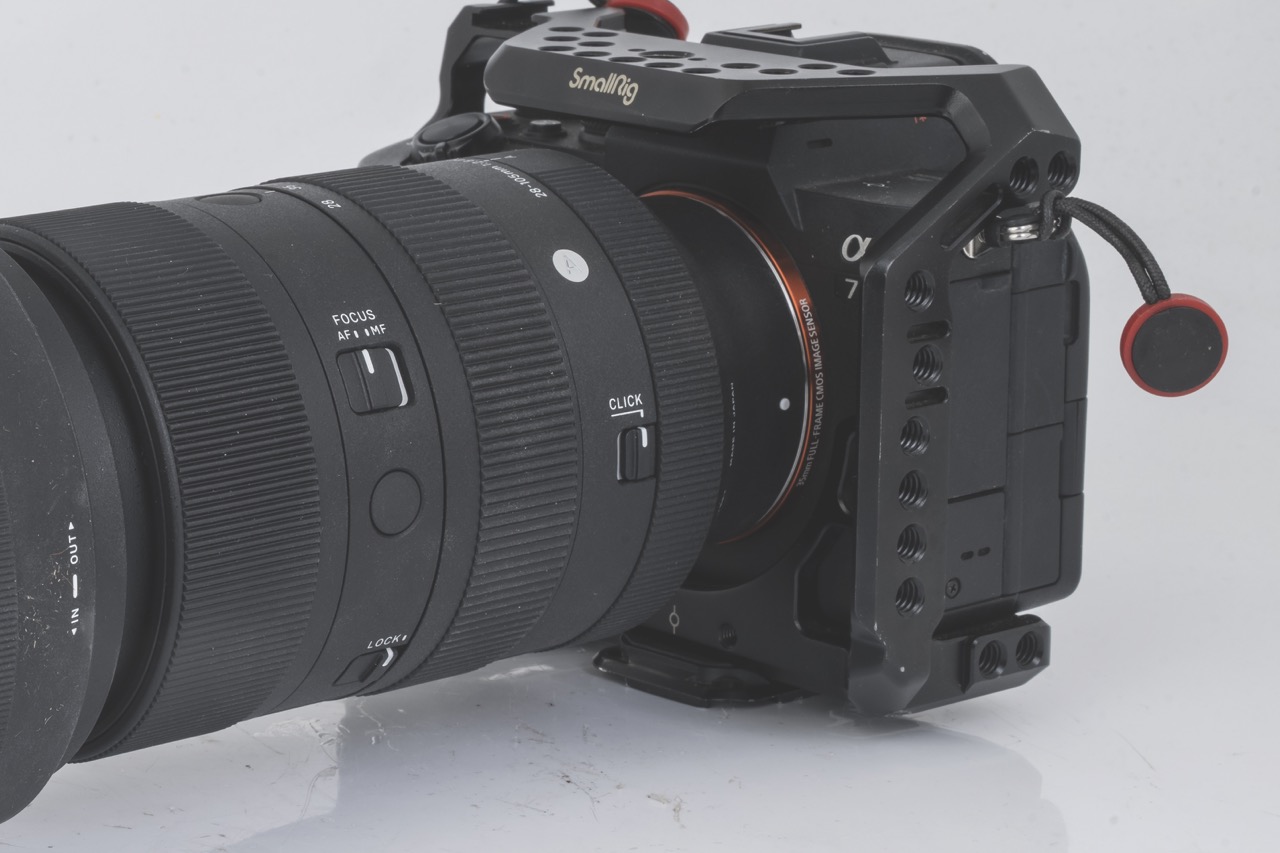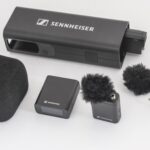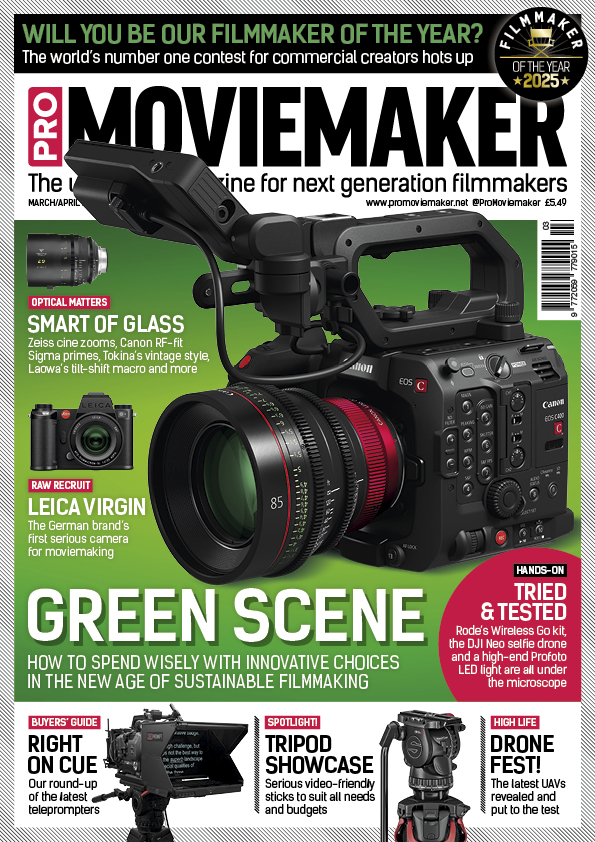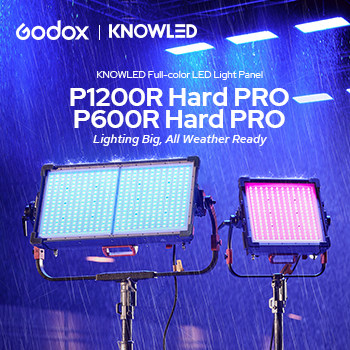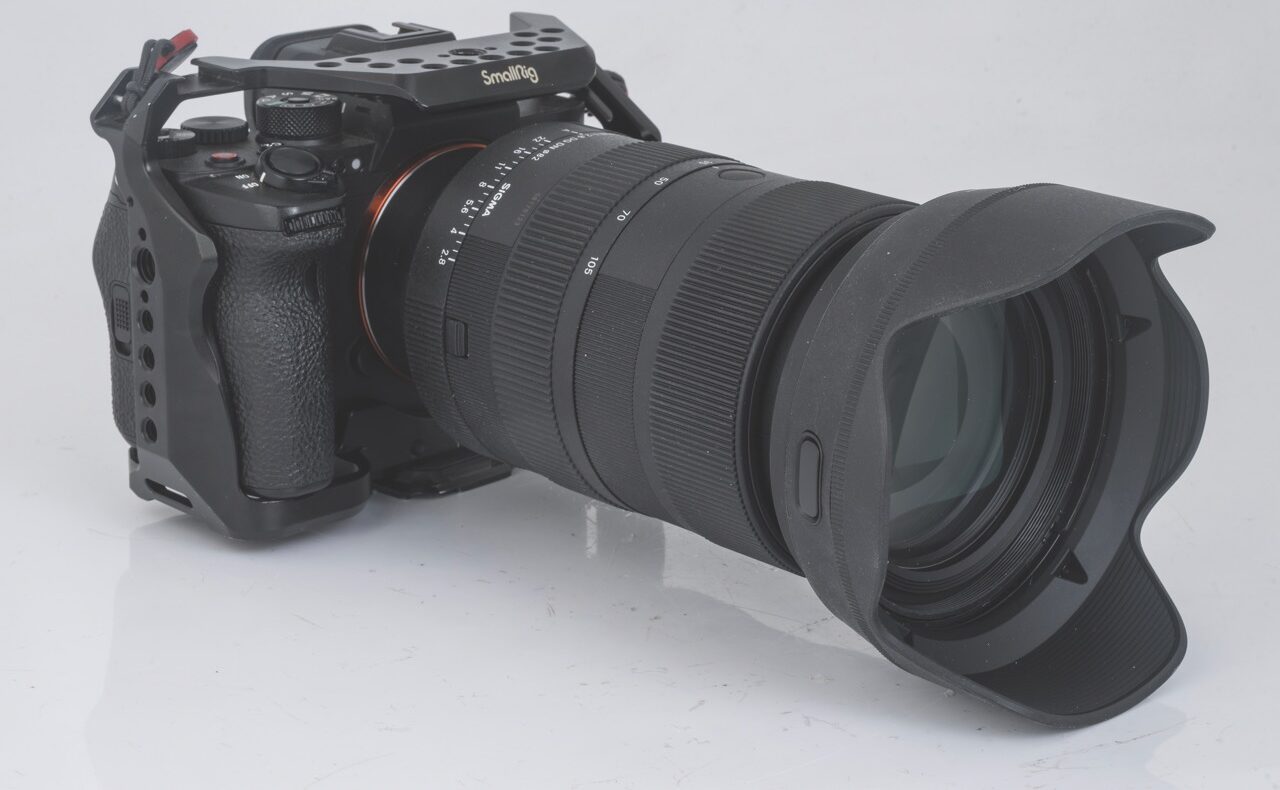
Mini test: Sigma 28-105mm f/2.8 DG DN Art lens
Posted on Nov 18, 2024 by Pro Moviemaker
Sigma’s 28-105mm f/2.8 DG DN Art lens offers extra reach and a bright aperture. From motocross action to portraits, we found out if it lives up to the hype
This is yet another new high-end Sigma lens that falls in line with the brand’s mission to make innovative and boundary-pushing products. These are often optics of a kind that other manufacturers don’t make – and always at attainable prices.
In the last issue we tested Sigma’s 28-45mm f/1.8 DG DN Art lens – the world’s first zoom lens for full-frame mirrorless cameras with a constant f/1.8 aperture throughout the entire range of its focal lengths.
Hot on its heels is this 28-105mm f/2.8 DG DN Art that loses some speed but offers more than double the focal length at the longer end. No other lens manufacturer makes a lens with this range and maximum aperture, at any price. Canon does offer a 24-105mm f/2.8, image-stabilised version of its latest RF lens, but this is only for EOS cameras and costs double the Sigma’s asking price. There’s no option for Sony, Panasonic or Leica users unless you go to an f/4 version, which only gathers half the amount of light and significantly reduces the bokeh effect.
Where many manufacturers focus on 24-70mm f/2.8 as the ‘standard’ of pro zooms, the new Sigma gives lots more length at the long end. It doesn’t go quite as wide, but is a very exciting option for image makers who just want that little bit more telephoto shooting and demand the shallow depth-of-field you can only get at f/2.8. The bokeh is impressive and smooth, ideal for portraiture or throwing the background out of focus, with no nasty jagged edges. Used on a modern camera like the Sony A1, it’s so easy to get eyes pin-sharp using wide AF and eye detection, even when wide open or in a rush.
This was just one of the many uses we had for the lens while covering a major international youth motocross race. The Sigma came in useful for everything, from shots in the pits or paddock and close-ups of riders with and without helmets to scene-setting landscapes and capturing on-track action. Although 105mm isn’t ideal for sports, up close it still worked well, especially when shooting slow-motion footage in 4K at 120fps, where our Sony A1’s crop gave a tad more reach. For the real track action we switched to a longer lens, but for everything else the Sigma never left the camera.

Removing the petal lens hood and fitting a variable ND onto the 82mm thread did incur a bit of flare in bright sunshine, but added a cinematic look to the footage.
The real advantage of a lens like this is that it can be used for so much, aided by the fast f/2.8 aperture and 12-blade aperture ring.
For shooting documentaries, events or pretty much anything except for sports action at longer distances or super-close-up work like vlogging, this is a multifunctional lens that doesn’t compromise on quality in any way whatsoever.
Optical construction is 18 elements – including two FLD, one SLD and five aspherical – in 13 groups. Sigma’s Nano Porous and Super Multi-layer Coatings are used to reduce any lens flare, which they do well. The colours produced fit in well with the rest of Sigma’s Art range – so look natural – and the contrast is high.
Of course, any zoom lens will have some optical compromises when compared with the equivalent primes, but the Sigma really does an excellent job. At the widest focal length, central sharpness is superb even when wide open. Zoom to the 50mm standard setting and sharpness is excellent wide open, but falls a little after f/11 while at 105mm. Central sharpness is excellent to f/8 and still good from f/11 onwards. There’s nothing to complain about at all, especially at the wider aperture settings where a lens like this usually spends a lot of its time.
For the pixel peepers, chromatic aberration in the centre is controlled well. There is some minor aberration at the widest settings, but not enough to cause any serious colour fringing. There’s a little barrel distortion at 28mm, reducing to zero by 50mm. Some pin-cushioning comes in at 105mm, but a tiny amount that you’d be unlucky to notice in real-world use.
What you will notice is that there is no inbuilt image stabilisation, so you need either a body with it built in, a tripod or a gimbal. You’ll instantly pick up on the bulk: since at 87.8×159.9mm/3.5×6.3in and 990g/2.2lb, it’s pretty hefty. But it is solidly built, has a lot of high-quality glass inside, a brass lens mount and is well sealed against the elements.
Focus breathing is reasonably well suppressed for a zoom and changing focus doesn’t alter its overall length, but zooming does. There are also a lot of lens elements to move, which isn’t ideal for use on a gimbal.
Manual focusing is fly-by-wire, of course, which can never rival the feel and precision of a cinema lens. The focusing ring is smooth and the lens has a separate aperture ring with a lockable setting so the aperture can be set via the camera. It also features third-stop click stops and a de-click switch for smooth changes while shooting video.
There are two AFL buttons and, thankfully, an AF/MF switch, plus a zoom ring lock to prevent the lens from extending when carried. The lens focuses at as close as 40cm/15.8in for all focal lengths, providing decent close-ups. Sigma’s High-response Linear Actuator technology makes the autofocus fast and accurate too.
If you can put up with the heft and a 28mm wide setting in place of the conventional 24mm, this is a great all-round optic that will get extensive use. Its extra reach to 105mm at f/2.8 creates images rival standard zooms can’t attain.
£1399/$1499
Specifications
- Focal length: 28-105mm
- Mount: Leica L, Sony E
- Image coverage: Full-frame
- Aperture: F/2.8-22
- Aperture blades: 12, rounded
- Construction: 18 elements in 13 groups with two FLD, one SLD and 5 aspherical elements
- Image stabilisation: None
- Minimum focusing: 40cm/15.8inFilter size: 82mm
- Dimensions (wxl): 87.8×159.9mm/3.5×6.3in
- Weight: 990g/2.2lb
Pro Moviemaker rating: 9/10
Another uniquely fast full-frame zoom from innovator Sigma
- Pros: Image quality, fast aperture
- Cons: Not the lightest option
This review was first published in the November/December 2024 issue of Pro Moviemaker


